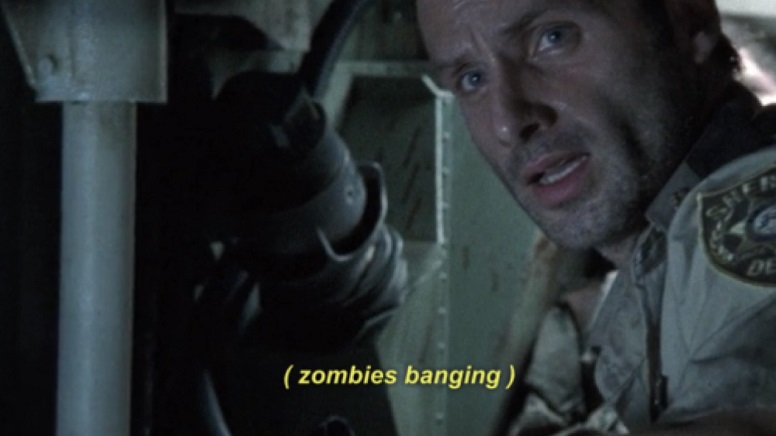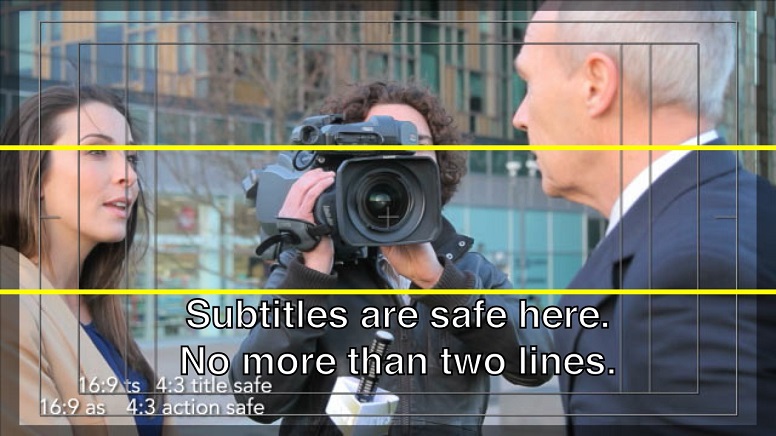Middlebury Institute Launches New “Subtitling for Streaming” Online Course with More Courses to Come
| by Sierra Abukins
Our localization experts partnered with the Office of Digital Learning and Inquiry to launch a new self-paced, short course—the first of many—on the subtitling industry standards pioneered by Netflix.





